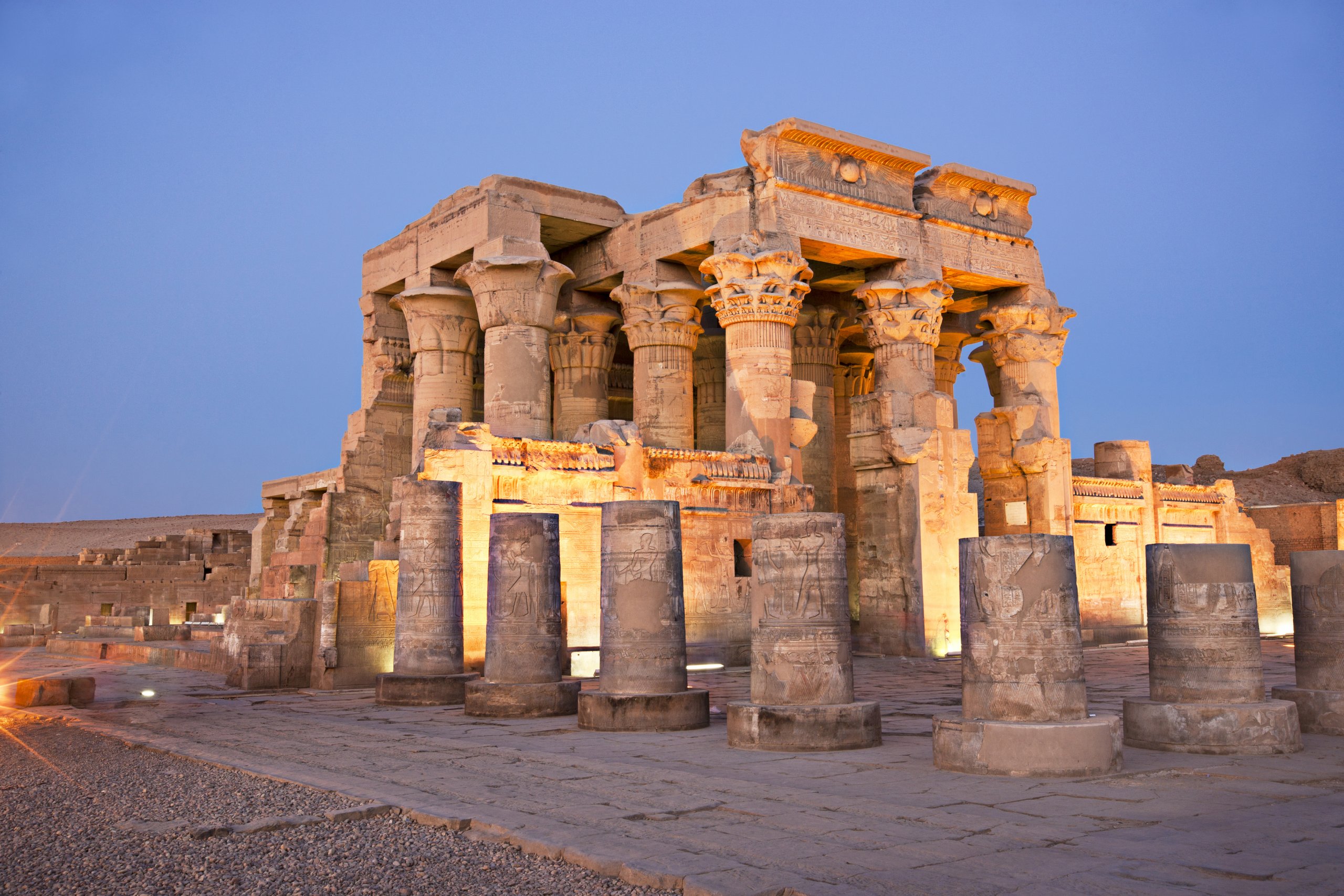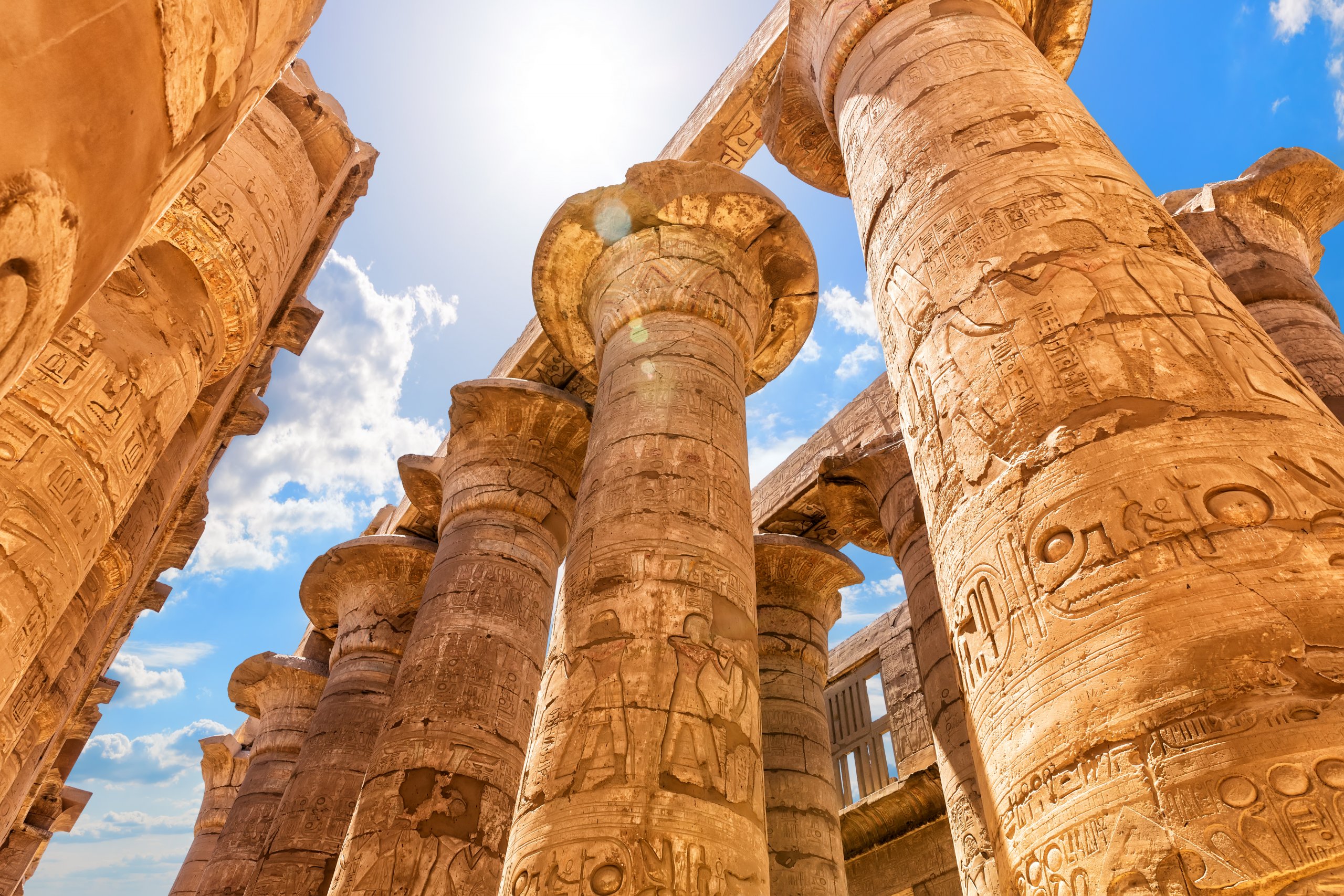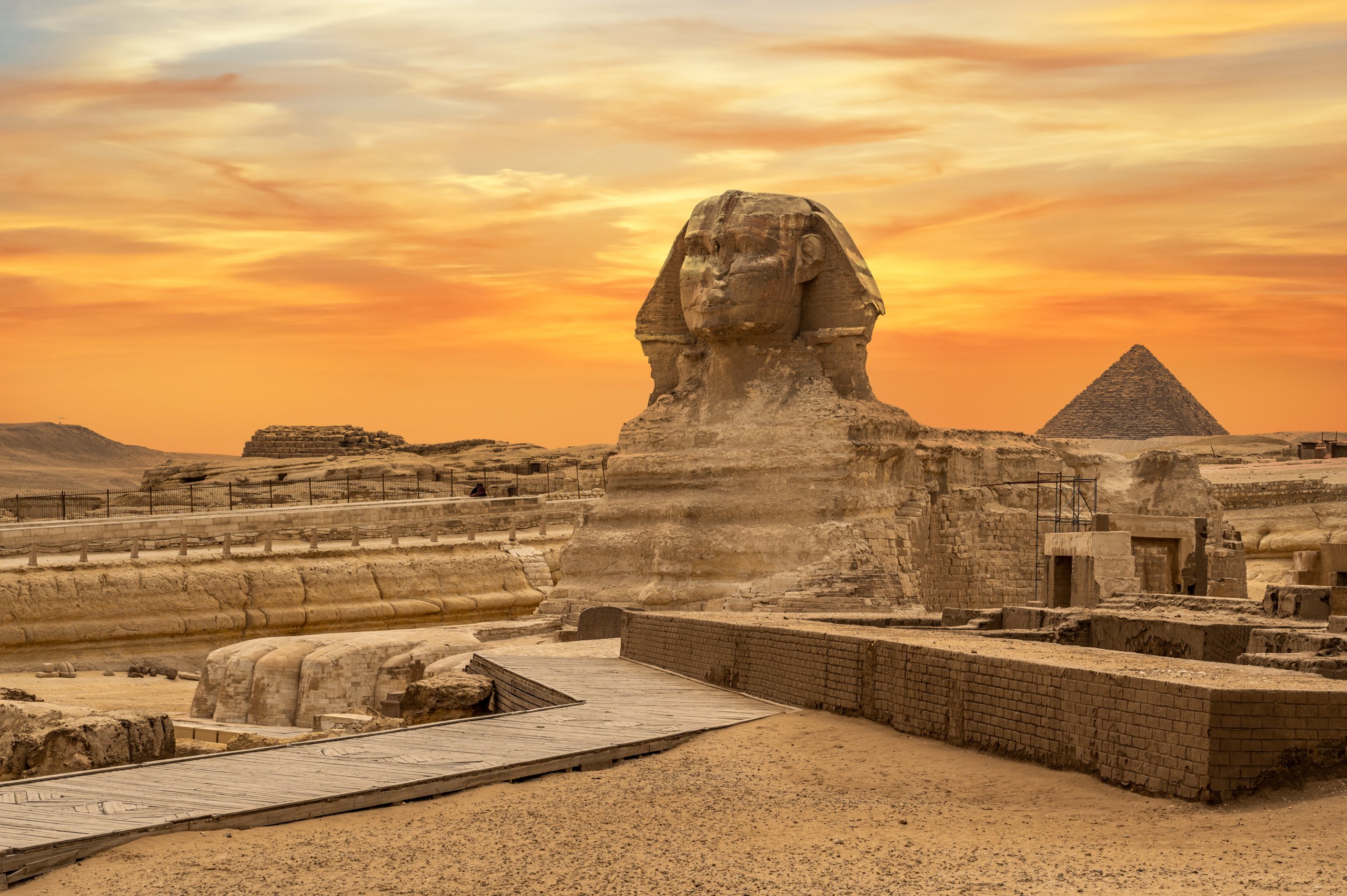
By Toni Xu
My family and I had such a great time traveling with Randy, Bev and Zen, who I hadn’t seen for 15 years! Of all the places to have a grand reunion, Egypt was an incredible one. There were far too many sights I could talk about, but included below are some that especially stood out to me.

Abu Simbel
I started the trip with a beginner’s familiarity with Egyptian history, and ended the trip with the names of pharaohs running through my brain––and one in particular, King Ramesses II, a great builder and one of the most iconic pharaohs in Egyptian history.
Ramesses’ temples at Abu Simbel were magnificent to me not just in terms of their stature (the ancient Egyptians completely understood the aesthetic magic of making things colossal!), but also for their preservation –– especially given that the temples were relocated in full in 1968 by the Egyptian government to accommodate for the creation of Lake Nasser. I was thus doubly impressed: by the technical prowess demonstrated in the imposing structures themselves, which comprise both the Great Temple of Ramesses and the Temples of Hathor and Nefertari, and that of the modern technology needed to transport and preserve the temples.

Temple of Kom Ombo
This was a memorable visit for several reasons. To start, we visited at night, which provided welcome shelter from the day’s sun, lending itself to a more comfortable touring experience, as well as a moody atmosphere. I’m completely in favor of touring more temples at night! What makes Kom Ombo particularly interesting and rare, compared to other Egyptian temples (both from previous dynasties and from the Ptolemaic period, during which this temple was built), is that it is a “double temple”: dedicated to Horus the Elder, a specific form of the falcon god Horus, and the crocodile god Sobek. Most Egyptian temples are only dedicated to one god, whose effigy is placed in the innermost shrine. But this temple is exactly divided in half, with worshippers of each god able to enter and pay respects from a different passageway. This doubling speaks to the importance of both gods and polytheistic worship to this particular area.
Lastly, another eye-catching portion of this temple is its attached “Crocodile Museum,” which houses a plethora of crocodile mummies, effigies, and statutes of Sobek. The mummification techniques are fascinating to see up close, and the crocodiles are massive––one can only imagine how much bigger they were while alive!

Karnak Temple
It’s easy to spend hours wandering around the Karnak Temple Complex––there’s simply so much to see. Clearly the Egyptian pharaohs felt similarly, given that they continued adding to it for nearly 2000 years. I especially liked the ram-headed sphinx walkways, which our guide Asmaa pointed out as a sign of the complex’s growth: the sphinxes usually line exterior walkways, but in some areas of the complex can be found within temple walls, thus showing how the temple’s boundaries had changed over time.
I also enjoyed staring up at the columns in the Great Hypostyle Hall, which was created and decorated partly by the New Kingdom Pharoah Seti I and partly by his son, Ramesses II (making another appearance in this blog!). The tops of the columns are meant to resemble the open and closed heads of lotus or papyrus (religiously significant in Egyptian mythology), transforming the entire hypostyle hall into a “primeval marsh”. Much of the original color of these columns has faded, but many of the inscriptions on them are still intact and fun to decipher.

The Pyramids and the Sphinx
We visited Giza on our second to last day in Egypt, and what a conclusion this was! I distinctly remember walking up to the Step Pyramid of Djoser just as the clouds were parting in the sky, and feeling a wave of complete awe wash over me. This awe was only further magnified when we visited the Great Pyramids of Giza. If you’re up to it, I’d recommend climbing up inside Khufu’s Pyramid. It’s a bit claustrophobia-inducing (although not necessarily worse than some of the tomb channels in the Valley of the Kings/Queens) and can get sauna-esque in the summer, but the experience is ultimately worthwhile.
I think visiting all the Pyramids and the Sphinx was one of those experiences that you simply cannot fully appreciate in the moment. It doesn’t quite feel real while you’re there and standing right under the Sphinx’s nose (or rather, lack thereof); nor does it set in even at day’s end back in the hotel, as you’re looking at the slew of photos you took. But now that I do have those pictures and have been fondly looking over them again, I’m able to process that we saw the only Great Wonder of the World still standing (!). If these monuments seem so majestic now, I can only imagine how incredible they must have appeared back in the day: covered with polished white limestone and glittering gold in the sun.

